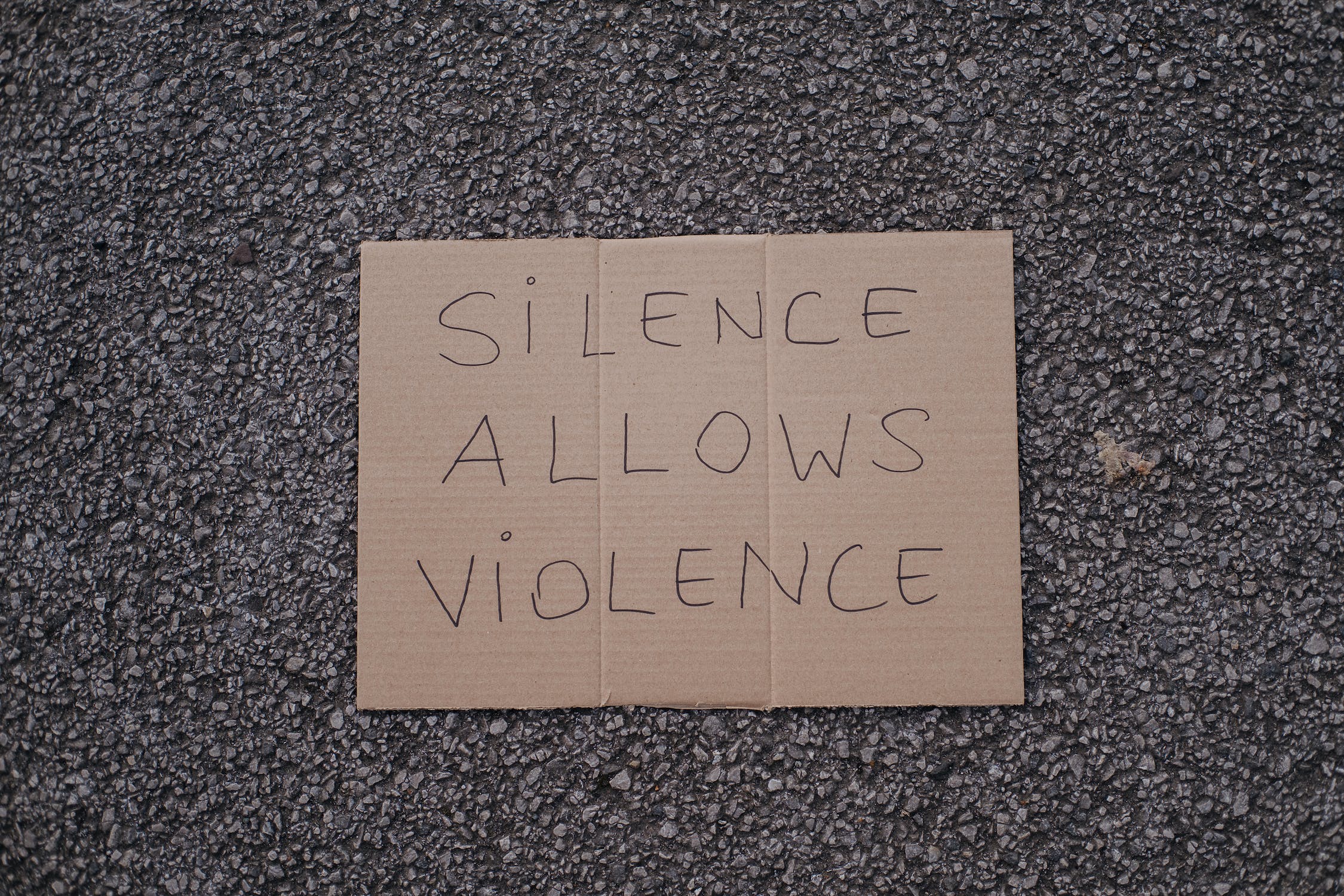Life will inevitably involve conflict, and how you handle it will determine how it turns out. You may maintain and improve corporate productivity and accomplish professional results in a fair, open, and transparent manner by handling conflict in a constructive manner.
Conflict resolution involves eight crucial processes, according to crisis resolution expert Dr. Dudley Weeks. In his book The Eight Essential Steps to Conflict Resolution: Preserving Relationships at Work, at Home, and in the Community, he describes these eight steps. Although following these stages doesn’t always result in the best end, it considerably increases the possibility that issues will be recognized and potential remedies will be considered. Let’s look into these actions and see how they can be used to effectively manage conflict and stop bullying.
1. Create an effective atmosphere
Setting up a productive environment is a crucial, yet frequently disregarded, initial step in dispute resolution. The “frame around the canvas on which we paint how we agree, dispute, and construct an improved relationship” is how you can think of an environment. People are frequently unable to create effective outcomes when they make inefficient environments. You can create an atmosphere that encourages efficient dispute resolution by paying attention to your own planning, timing, and setting. You should also take into account your opening statements. Think on your opening remarks before the meeting. Try to foster a collaborative mindset rather than a competitive one.
2. Clarify perceptions
Your perceptions serve as the filters through which you view the world, other people, your relationships, and the circumstances you come across. Your behavior is greatly influenced by perceptions. Your upbringing and education are just two factors that can affect how you perceive the world. If successful conflict resolution is to occur, you must work with the other parties involved to clarify perceptions of the issue. You are mistaken in thinking that your assumptions sufficiently capture the essence of the problem.
3. Focus on individual and shared needs
The next step on the road to successful conflict resolution is to concentrate on the requirements of all parties. Individual or collective needs can exist. Consider your needs as the things you must possess in order for the relationship to succeed. These are the qualities that a relationship has to possess in order to resolve conflict. You will focus on four distinct kinds of needs in this step: your own, your partner’s, your relationship’s, and your shared needs. These needs are all present in every relationship.
4. Build shared positive power
Power exists in every relationship. The attitudes, perceptions, beliefs, and actions that enable someone to behave or perform well are what make up power. Such power can be used either constructively or destructively. Negative power aims to boost your own advantage by removing power from the other party. Positive power increases everyone concerned in a conflict’s capacity for positive action. When people exercise positive power, they try to support the development of their relationship’s positive power as well. This common positive force is what sustains a partnership and helps disagreements get worked out.
5. Deal with the past
Each individual is a result of their past. Everything, including relationships and the conflicts that emerge within them, is impacted by the past. The past has a lot of meaning, but you can’t let it define you or tie you down. To deal with the past through conflict resolution, there are three key steps you must follow:
No matter what has happened in the past, keep your attention on what you can do now and tomorrow.
Recognize the role that earlier circumstances had in a certain conflict’s emergence.
Develop and employ techniques that can help you learn from the past so that the way you cope with conflict will be improved.
6. Generate options
Creating options gives people alternatives from which to choose particular actions to settle disputes and strengthen relationships. Generating alternatives involves multiple tasks:
Ask yourself what possibilities you might have overlooked before the conflict’s intensity rose by going back to a moment before it reached its current level of difficulty.
Consider fresh options for a while.
Bring several particular solutions you’ve thought of that address some common problems.
Remind yourself that the possibilities you come up with on your own are just the beginning of the process of coming up with options with your spouse.
7. Develop “do-ables”
Each journey starts with the first step. Creating “do-ables” is the following step in the conflict resolution process. Do-ables are particular actions that advance a problem’s resolution. The following are the criteria that should be in a do-able:
- There is a good possibility that it will succeed.
- It does not give preference to one side over another.
- All parties must take part in it.
- It satisfies one or more needs, both communal and private.
- It makes advantage of the constructive potential of the disputing parties.
- It establishes a foundation for advancing the relationship.
Do-ables are essential actions taken to develop trust while collaborating. They are based on both private and public needs. They play a significant role in resolving problems and provide a path to previously unimaginable skills.
8. Make mutual-benefit agreements
Making agreements that will benefit both parties is the last phase in the conflict resolution process. These agreements for the resolution of disputes must be practical and strong enough to withstand present and forthcoming difficulties. They must be established on a thorough comprehension of the issue, the individuals concerned, and the specific steps that each partner has chosen to take to fix the relationship. Arrangements that are mutually beneficial must take into account both private and public needs. Successful agreements that resolve difficulties benefit all parties to a disagreement.
Conclusion
Nothing is more harmful to a person’s happiness and success than a long-term unresolved quarrel, regardless of the nature of the conflict or argument—personal, professional, familial, or social. The eight essential procedures described in this article should enable you to resolve problems that “just won’t seem to go away.”





